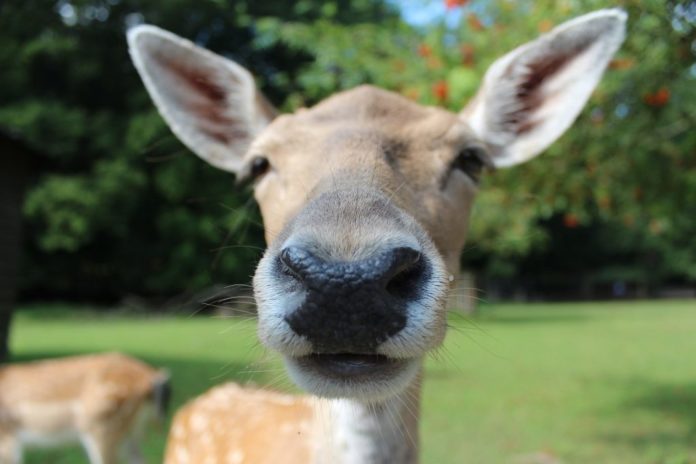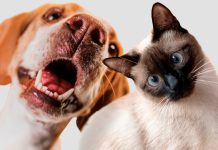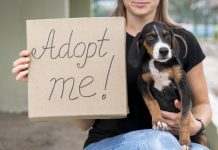
One of my favorite things about Calgary is the animals in my yard. Calgarians encounter wildlife daily. I yield to deer weekly while driving. I’ve named the skunk living under our front porch “Fifi la Peuw”. There’s bats and owls in my backyard, and I cut walks short when coyotes are stalking my dogs in off leash areas. With spring comes the robins and the rest of the migratory birds, as well all the species that hibernate reappear. Then the babies appear…. Calgary is a city immersed in parklands and forests. Unfortunately, this often puts wildlife in conflict with the human inhabitants.
Good Samaritans are the bane of all baby animals. My staff and I spend hours on the phone arguing with well-intentioned determined people desperate to save the baby hare, fawn, or fledgling alone and uninjured. Does leave fawns for long periods of time, but are usually within hearing distance. Fawns and baby hares are naturally camouflaged and have no scent. Mother hares feed babies incredibly rich milk returning to feed them typically only at dusk and dawn. Baby hares run around within a day of birth. If you find a baby hare in a precarious position like on a road just tuck them somewhere safe nearby and walk away. Animals adapt behaviors to decrease the chance of predators finding their young. Respect this wisdom.
Many people incorrectly think a baby removed from the area cannot be returned. With a few species, a touch means rejection by the parents, but often if we can convince people to quickly put the baby back, parent animals will resume their duties.
Fledgling birds on the ground are in the precarious position between leaving the nest and flying. This doesn’t occur instantaneously. The parent birds will follow the fledgling and feed it on the ground while it learns to fly. If flight school is in your backyard, keep children and pets away. If the baby is still a helpless nestling and fell out of the nest too early, return the bird to the nest. If the nest has fallen, secure an open container with drainage holes and the fallen nest inside back in the tree. Most baby birds, squirrels, and hares die of infection when people attempt to hand-raise them, not to mention missing out on life lessons from their parents. A wild animal’s best chance of survival is with its parents, NOT you.
If you have concerns about wild creatures in your yard call the Alberta Institute for Wildlife Conservation Hotline at 403-946-2361. They are a charitable foundation with extensive facilities designed to accept all species of wildlife. They can also give you advice to deal with unwanted wildlife sharing your home, such as skunks, raccoons, bats, squirrels, and pigeons. Check out their website; www.aiwc.ca.
Many veterinary clinics will take in wildlife brought to us by the public. At my clinic, some animals are held briefly and released, especially the drunken waxwings eating fermented berries in the fall or birds simply stunned by flying into a window. A very few animals are immediately humanely euthanized because their injuries are too severe. Most animals are checked over and transferred to AIWC which has a fleet of volunteer drivers. An information sheet is filled out for every wild animal admitted, ideally to try to eventually release it to home territory, as well as for education and funding purposes. Volunteer if you really want to learn how to help our wild neighbors.








